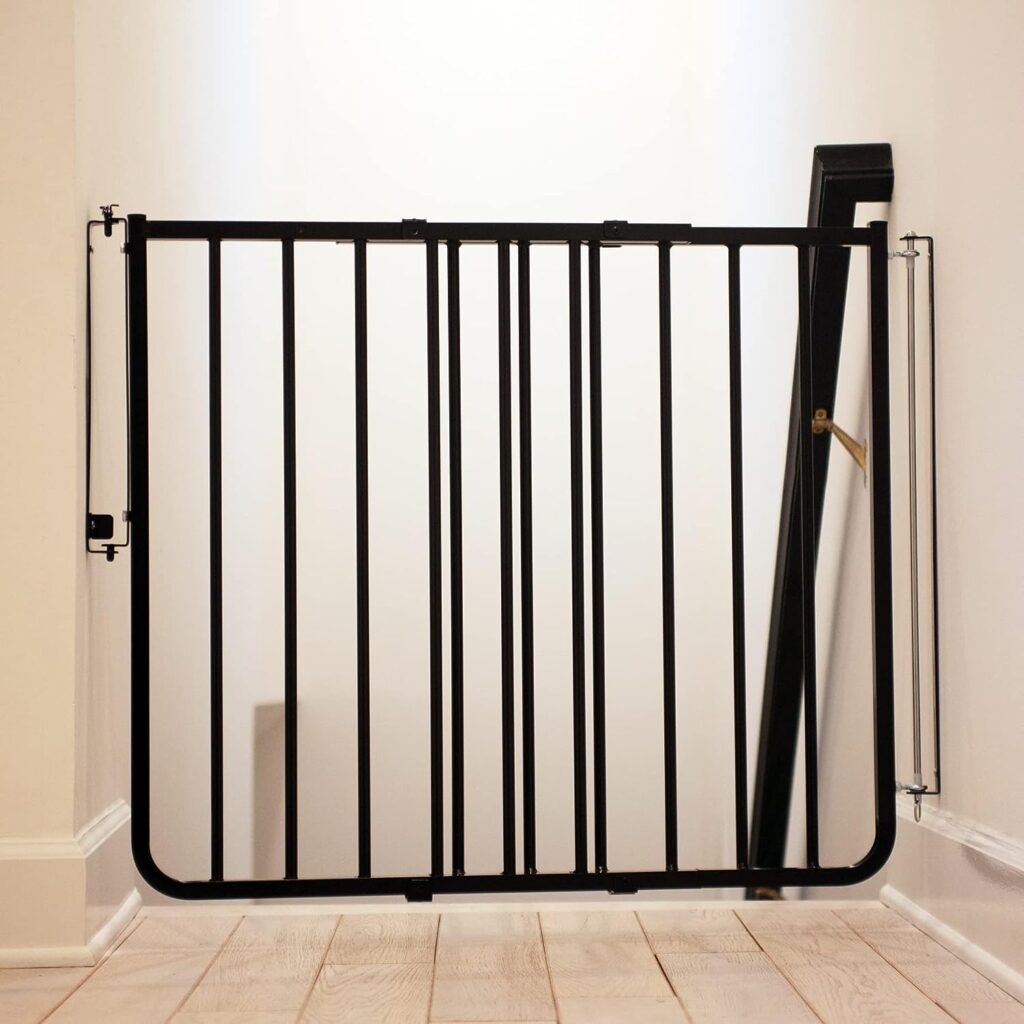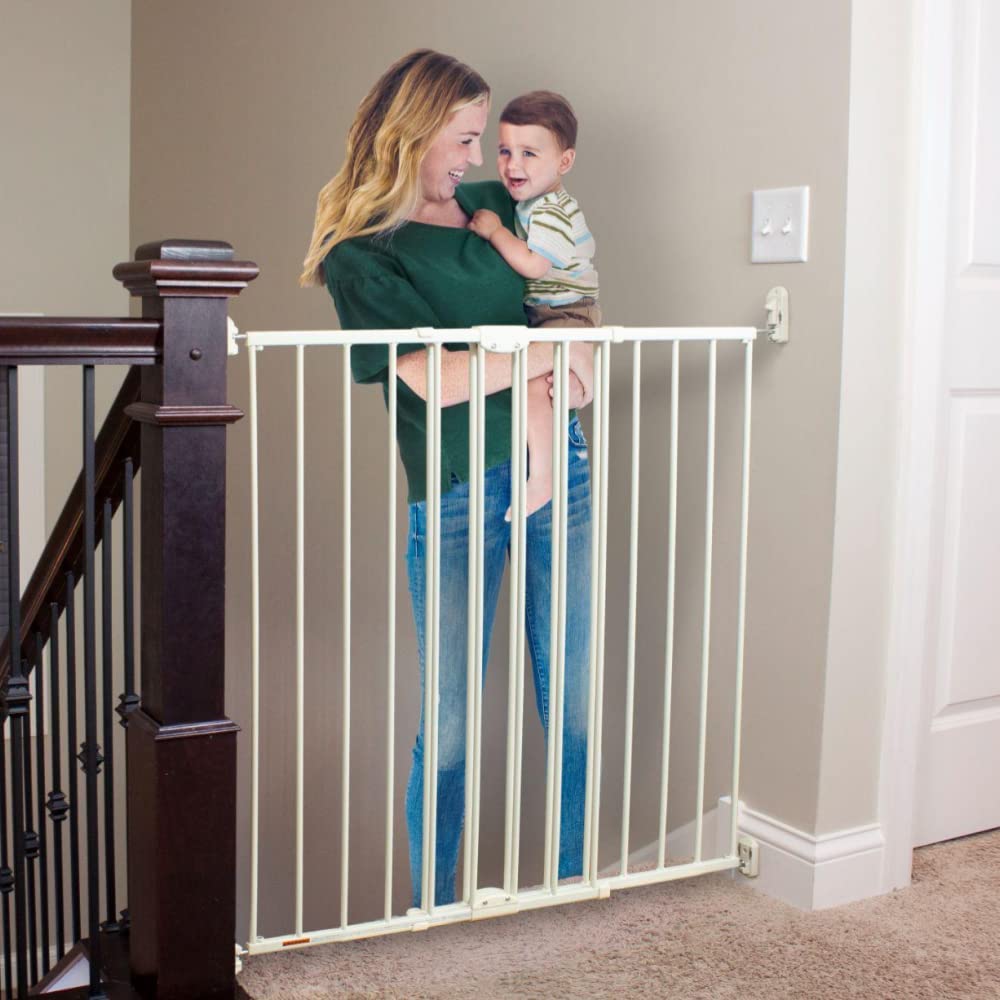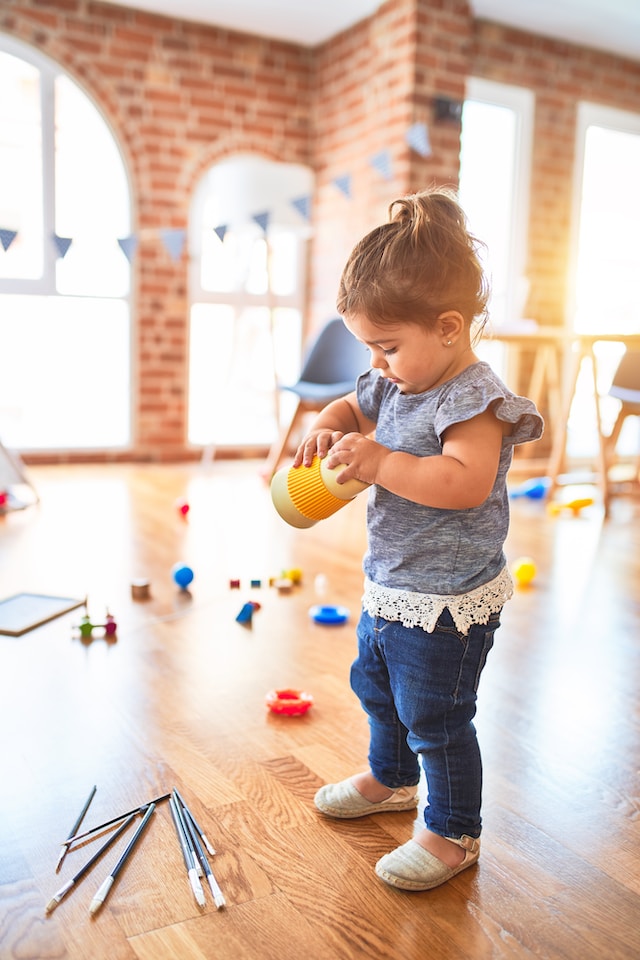If you are new to the baby-gating world, it might seem a little overwhelming.
There are so many choices and so many factors to consider!
In this article, we will break it all down for you so that you feel confident in knowing just what direction you need to go when choosing a baby gate for your home.
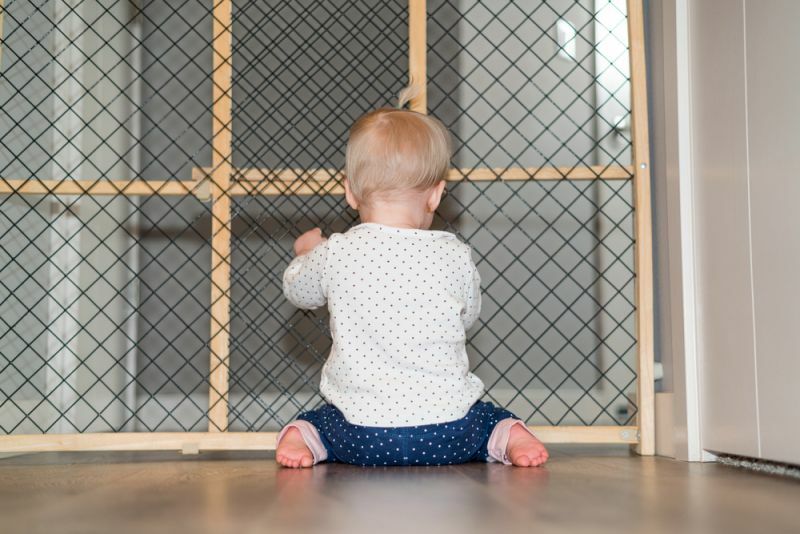
Important Note:
Don’t assume that all baby gates are made equal. It is important to avoid any that are unstable, too short, or have potential footholds that a child could use to climb over. If a gate is not designed well, it can actually be more of a danger than a safety item!
Why Should I Care About Baby Gates?
A baby gate is your ticket to peace of mind when you have a little one that is getting to the exploring age. You can’t expect babies or toddlers to stay put in a corner, so by installing a safety gate, you give them the freedom to roam, yet also provide a very clear boundary.
Of course, if the entire house is completely babyproofed, you might think “why should I even bother?” But hazards are everywhere, even despite our best efforts.
In most homes, the average family finds that a well-placed baby gate that keeps the explorer contained lets everyone more easily keep an eye on what is going on.
Baby gates are that extra layer of protection that helps you breathe easily even when you are a busy parent that is multi-tasking and juggling all the activities of running a home.
You should care about baby gates because they make your life easier, and as a parent, you know that is reason enough.
Know These Five Things Before You Buy a Baby Gate
Before choosing and purchasing a baby gate, there are several things you need to know first so that you pick the correct one for your needs and are prepared to install it when it arrives. Here are the 5 things you need to stop and consider before clicking that “buy” button:
Know how many baby gates you will need
Many parents wonder how many baby gates they are going to need. It’s a great question, but not necessarily easy to answer, because everyone’s situation is so different.
Nevertheless, I want to give you some pointers to consider as you make these choices.
What is your baby-gate budget?
If you can afford to purchase multiple gates for different areas of your home, your ability to baby-proof these areas will give your baby more room to roam safely.
If you can block off the stairway with one gate, the kitchen with another, and the fireplace with a separate one, then perhaps your little one can have full access to the rest of the house (not counting rooms with doors, such as the bathroom!).
How big is your home and is it separated by individual rooms or is it an open layout?
This will also make a difference as to how many gates you’ll need. If you have wide-open areas, you may need an extra-long gate, which would substitute (space-wise) for two or more short ones.
So, taking these factors into consideration, if you have only the budget for one gate (whether small or large) the idea is to contain your baby in one area…effectively blocking your child from having access to multiple areas with the use of one gate. However, if you can buy several, you can simply block off the dangerous areas or objects, instead of your child.
So, for a small home, one gate may be adequate, but for a medium-size home, two or three gates are more reasonable.
If you have a large home, plan to buy between 4-6 gates, depending on the layout of your space. Also, if you have a porch or deck, you will likely need at least one gate, if not more, for making that area safe as well.
Know what size your opening is
Grab your measuring tape!
One of the main factors that will ultimately determine which gates will work for you is the size of the opening that you are wanting to block off.
Check carefully to find out both the minimum and maximum sizes that the gates come in, taking into account their ability to adjust.
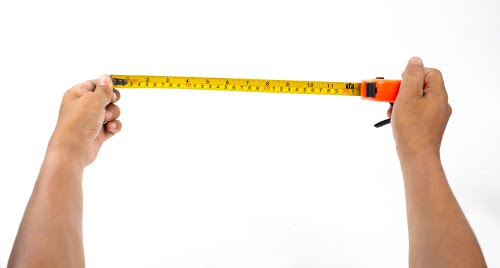
Some gates come with extension pieces and other gates have an option of extensions, but will have to be purchased separately.
No matter how great a gate is, if it is too big or too small for your needs, then you will need to keep searching!
Know how tall your child is
Another consideration that will influence which gate you will want is how tall your child is.
A general rule of thumb is that the gate should be at least ¾ of their height. This means that you will not want a gate that is any lower than their chest or shoulders.
If your kiddo can lean over the gate, chances are that you will need to get an extra tall gate.
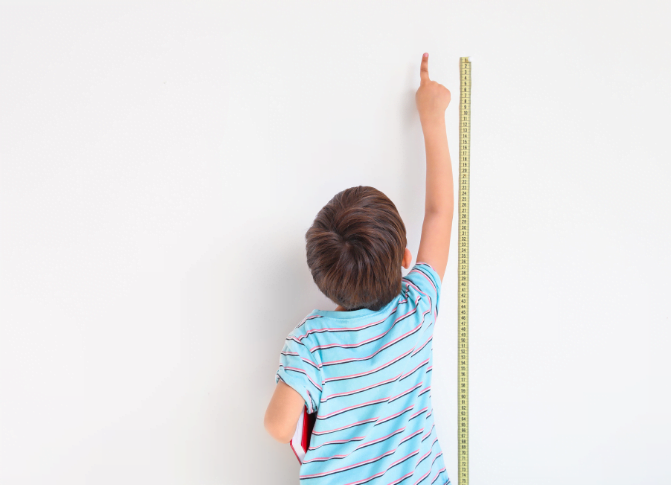
Keep in mind that baby gates are only meant for younger children that are not overly strong, are less than about 30 lbs., and are shorter than 3 feet.
Once they are older and bigger than what the gate is designed to contain, it actually becomes more of a hazard than a safety item.
Know how to install a baby gate
There is no need to worry, as baby gates are fairly easy to install.
First, decide what kind of safety gate you need and measure your opening. Read through the instructions that come with the gate you have chosen and put together the different sections.
If your gate does not come with installation instructions in the box, many manufacturers have them available online on their website.
You will need to adjust the width of the gate to approximately the right size before actually installing it, so measure the gate as you assemble it.
Pressure-mounted gates don’t require any screws and may not require any tools, either. If available, merely adjust the rubber knobs to make the gate fit snugly into place, taking into account the varying width of the wall and the baseboard.
If you are installing a permanently-mounted gate, gather together a drill gun with a screw bit that matches the screws in the kit for ease of installation. Make sure that there is a wooden stud behind any drywall that you are screwing into so that it will tighten and hold properly.
It only takes a few minutes to install a baby gate, so don’t feel intimidated by the process. Even those of us who are “less than handy” have been able to successfully get them into place without too much trouble and just a little bit of time.
Know which type of baby gate you need
There are many different kinds of safety gates to cover the range of different uses and sizes that might be needed.
Choosing an appropriate gate is fairly simple and straightforward, but let’s cover the basics so that you will know about all of your options and you are successful in finding the best baby gates available for different scenarios.
Pressure-Mounted Gates
This category of gates is the most common and the least expensive.
Because they work with tension rod springs, they are easy to move from place to place and leave no permanent marks on your wall.
Not all, but many of the models available have walk-thru doors that open with a nifty one-handed latch. Most of these types of gates cover a range of widths, as they are expandable and extendable to accommodate different openings.
Recommended to install in doorways and at the bottom of stairs.
Check out our best pressure-mounted baby gates: https://babygatesexpert.com/pressure-mounted-baby-gates/
Retractable Baby Gates
This category of gates is the most common and the least expensive.
Because they work with tension rod springs, they are easy to move from place to place and leave no permanent marks on your wall.
Not all, but many of the models available have walk-thru doors that open with a nifty one-handed latch. Most of these types of gates cover a range of widths, as they are expandable and extendable to accommodate different openings.
Recommended to install in narrow or wide spaces and at the bottom of stairs.
Check out our best retractable baby gates:
https://babygatesexpert.com/best-retractable-baby-gates/
Baby Gates for Stairs
This category of gates is the most common and the least expensive.
Because they work with tension rod springs, they are easy to move from place to place and leave no permanent marks on your wall.
Not all, but many of the models available have walk-thru doors that open with a nifty one-handed latch. Most of these types of gates cover a range of widths, as they are expandable and extendable to accommodate different openings.
Check out our best permanently-mounted baby gates: https://babygatesexpert.com/best-baby-gates-for-stairs/
Free-standing Gates
Sometimes you need a gate to create a boundary where you have no walls or door jambs to attach it to.
Sometimes you just want to block off a piece of furniture or an area that has no distinct boundaries.
This is when a free-standing gate comes in handy.
Easily picked up and moved, they are versatile and can be put where you need them most at any given time.
They aren’t great for older kids, who can just push them out of their way, but there is definitely a time and place for this kind of gate.
Recommended to install when you have no place to attach to a wall or door jamb, but never for stairs.
Portable Gates
This is the gate that can fold up to fit into a small bag and be easily taken with you on vacation or a trip to Grandma’s house.
It doesn’t have many fancy features, but when you need a gate that can travel with you or fit into a piece of luggage, this is going to be your best bet.
Expandable, and installed with spring tension, it accommodates while leaving no trace, with the hallmark of being super lightweight.
Recommended to install temporarily while traveling, but never at the top of stairs.
Check out our best portable baby gates:
https://babygatesexpert.com/portable-baby-gates/
Final Words
I hope you now feel confident and ready to make your baby gate decisions, plus inspired to get this task done so that you will be ready for when your baby begins to explore.
The sooner that you tackle your baby-proofing, the better you will feel when the time is ripe and you are not scrambling to make last-minute purchases and trying to install with baby clamoring around you.
Also, keep in mind that babies that are already familiar with baby gates in their space do a better job of accepting their boundaries later when they reach the toddling stage.
May you find the very best baby gates for your family’s particular needs and may your baby always be safe!
Happy Baby-Gating!



